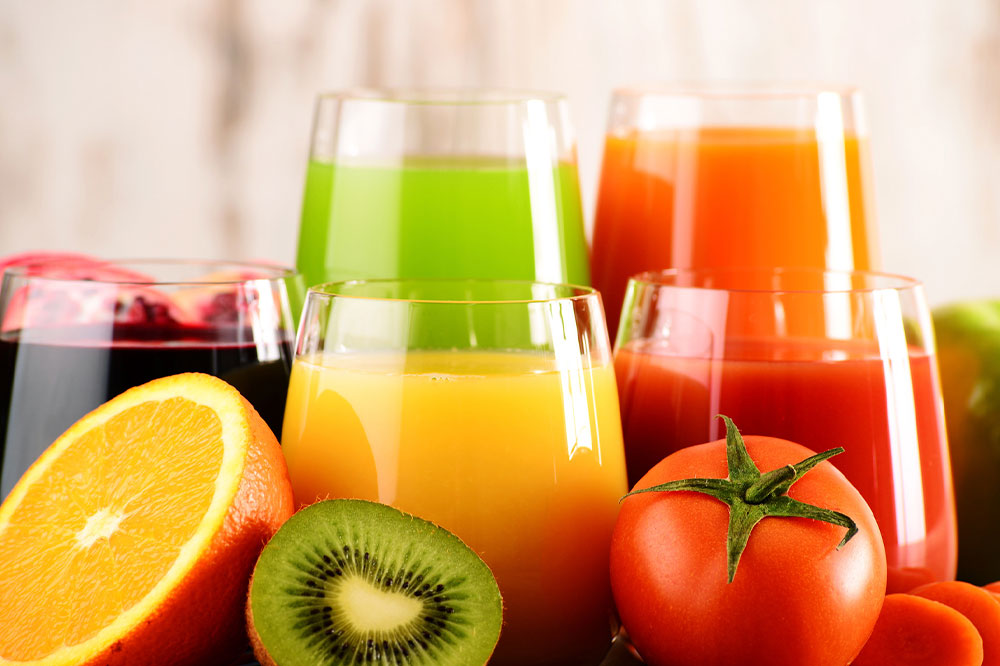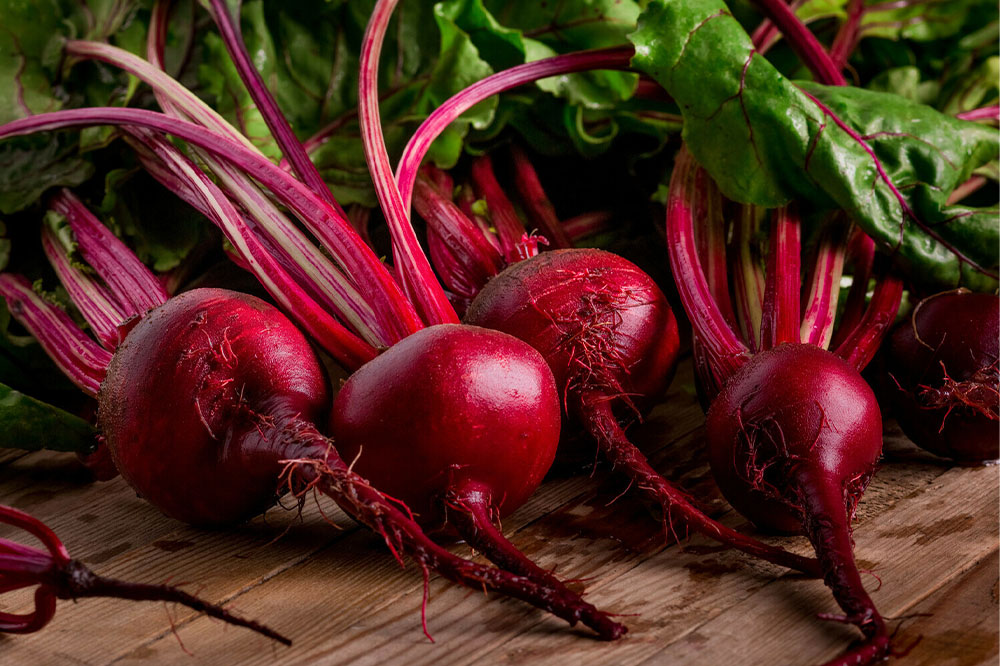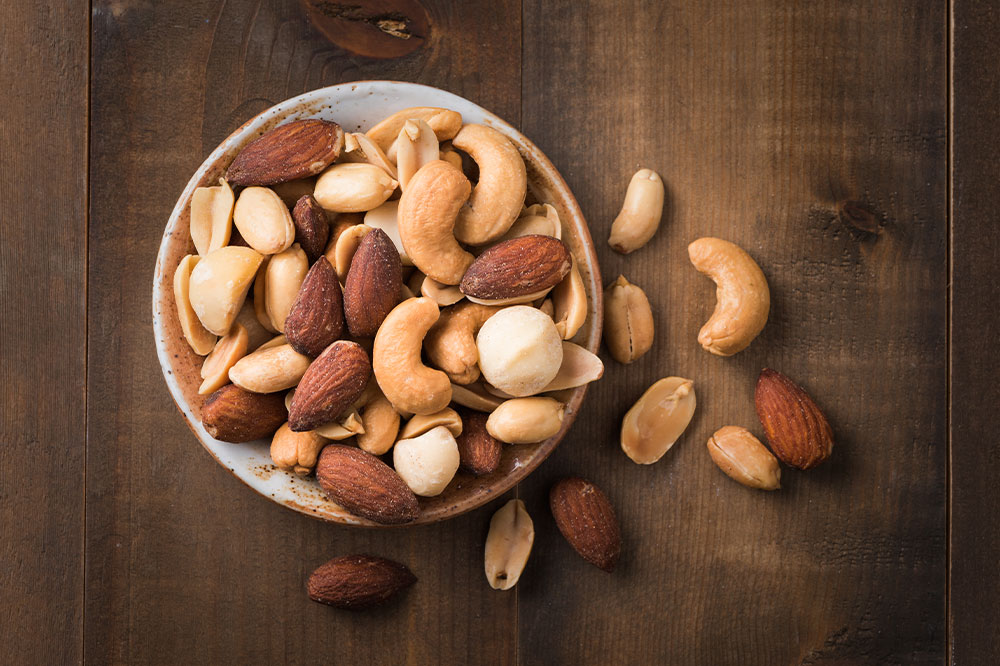Easy remedies to whiten teeth at home

According to a study, about 80 percent of adults aged between 18 to 49 want to have whiter teeth. As we age, our teeth naturally start to turn yellow. However, it could be concerning when it happens before time. Several teeth-whitening products are available, but most contain harmful chemical substances. Thankfully, several homemade remedies are available to restore the natural color of your teeth. But before that, you must ascertain the cause of discoloration.
What causes teeth to turn yellow?
There are primarily two reasons why your teeth may turn yellow:
Thinning of enamel
The white color/outer layer protecting the teeth contains enamel, which is also responsible for preserving the deeper tooth structures. Beneath the enamel exists a layer of yellow-brown tissue called dentin. When the enamel of your teeth begins to wear away, the underneath yellow-brown tissue layers are exposed, making your teeth look darker. Some principal reasons for thinning enamel are gum disease, acidic foods, and increasing age. Some individuals have naturally thinner enamel.
Stains
Specific edibles and beverages like coffee may leave stains on your teeth. These stains can also cause enamel to wear, increasing the yellowish hue. Some other sources of stains include tobacco products and specific medications.
Teeth whitening remedies
After having ascertained the reason for yellow teeth, the following remedies can be used to restore the natural white hue of your teeth.
Brush with baking soda
Few people know that baking soda constitutes one of the principal components of commercial toothpaste. This is because baking soda has some natural whitening properties. It is mildly abrasive and, therefore, capable of scrubbing away the stains on your teeth. Since it is basic, an alkaline environment is created inside your mouth, keeping bacteria at bay. To get better results, brush your teeth with a paste made of one teaspoon of baking powder with two teaspoons of water. Do this 2-3 times a week for the best results.
Consume fresh fruits and vegetables
Including vegetables and fruits in your daily calory intake is healthy for your body and teeth. Even if there is no substitute for brushing, chewing raw, crunchy vegetables and fruits can rub away the plague from your teeth. Pineapple and strawberries are particularly notable as natural teeth-whitening remedies.
Limit sugary foods
Excessive sugar intake is one of the primary causes of tooth-related problems like gingivitis and plaque. A high-sugar diet facilitates the growth of Streptococcus Mutans, bacteria that create an acidic environment inside your mouth, causing your teeth to dissolve. Therefore, cutting down on your daily sugar intake and brushing your teeth each time you eat something sweet is essential.
Eat calcium-rich foods
Enamel erosion is one of the primary reasons for tooth discoloration, as thinning enamel exposes the underneath yellow-brown dentin. Therefore, it is essential to make your enamel strong so that the pearl-white hue of your teeth is maintained. Calcium-rich edibles like broccoli and milk can significantly improve your enamel’s health.
Regularly floss and brush
With age, some amount of tooth discoloration is inevitable. However, a significant portion of it is because of plaque buildup. Regular brushing and flossing can prevent plaque buildup from attacking your teeth. While toothpaste gently scrubs away the stains on your teeth, flossing will remove the plague-generating bacteria, making your teeth clean and white.
Use hydrogen peroxide
Here’s another natural bleaching agent that whitens your teeth and kills bacteria inside your mouth. Hydrogen peroxide has become a popular disinfectant for wounds. It is also found in several teeth-whitening products. But the concentration in those products is far higher than you are supposed to use at home. About two teaspoons or 10 ml is sufficient to serve your purpose. Mix it with 6 grams of baking soda and apply the paste to your teeth. Do not overuse it, as it may erode your tooth enamel.
Oil pulling
Oil pulling is an old remedy that traces its origins to India. It is meant to enhance your oral hygiene and eliminate toxins from your body. The practice entails rubbing oil on and around your teeth to eliminate plaque-causing bacteria. Coconut oil is the most suitable choice for this practice as it tastes well. Take 15 ml and rub it in your mouth for 15-20 minutes. Once done, spit the oil into the trash can to avoid clogging your drains.
Chewing nuts and seeds
The structure of the nuts and seeds is such that they are, in essence, supposed to act as exfoliants for the teeth. Seeds and nuts like almonds, cashews, walnuts, and sunflower seeds have an abrasive texture, which helps scrub the stains from the tooth enamel. As these stains fade, your teeth’s natural pearly white color is restored.
Several natural, homemade remedies exist to clean your teeth and restore their pearl white gently. However, they are not magic and are supposed to work gradually. You cannot expect the plague buildup in your mouth to vanish overnight. Use these remedies a few times a week and watch your teeth slowly regain their natural color over time. Even though these remedies are safe, a consultation with your dentist is always recommended.







